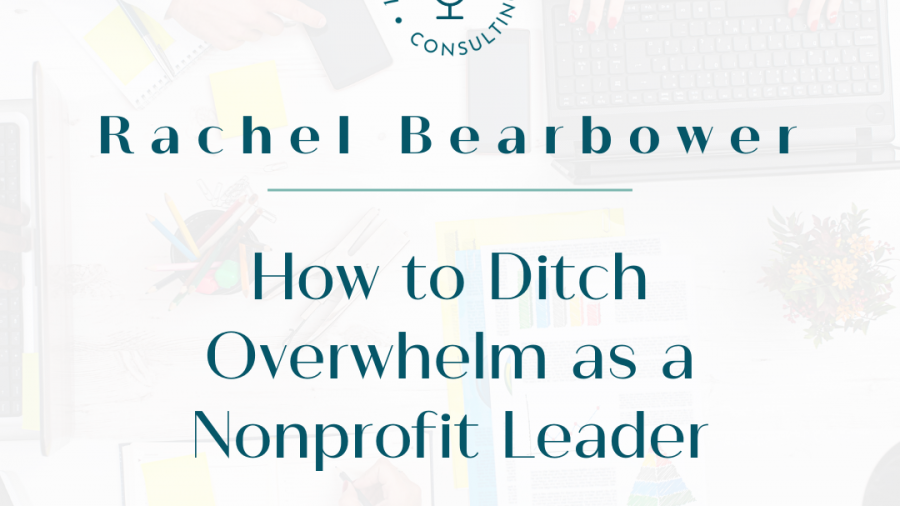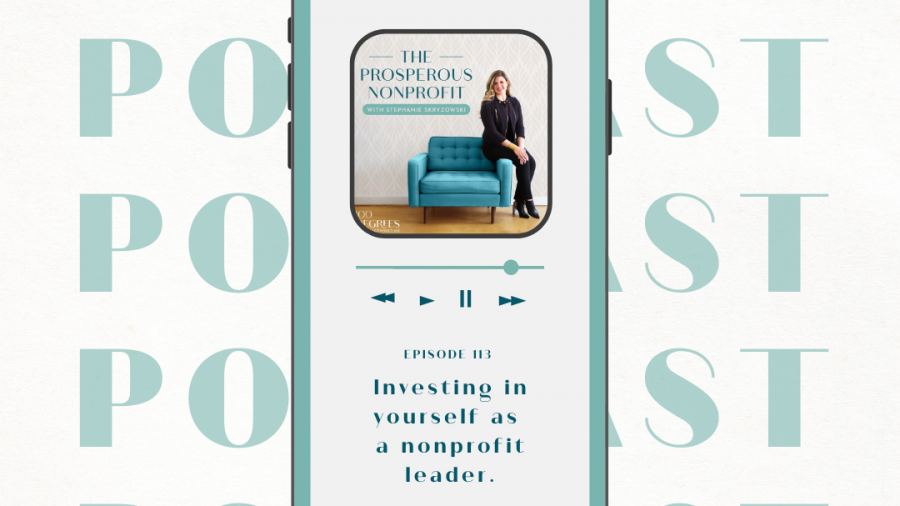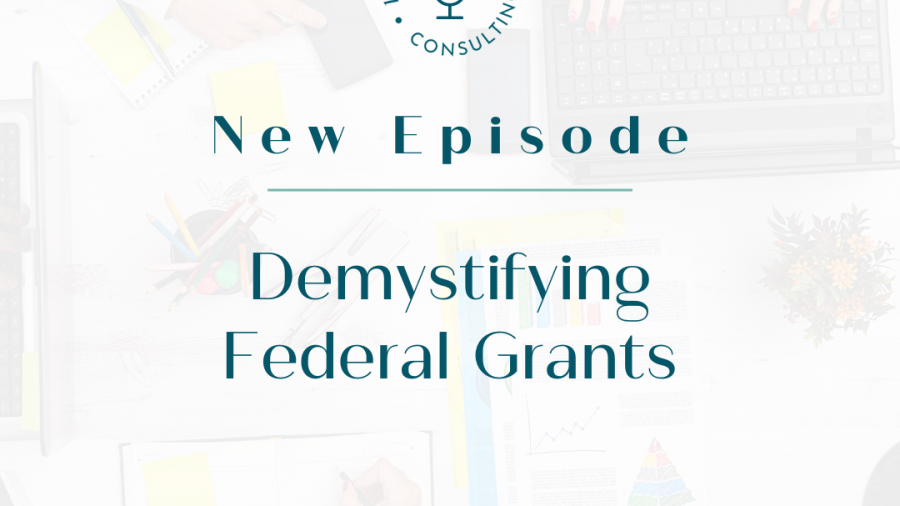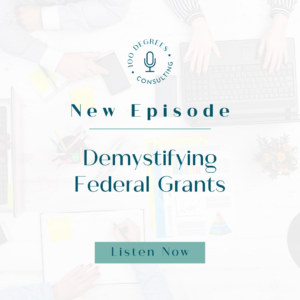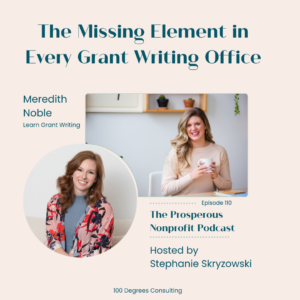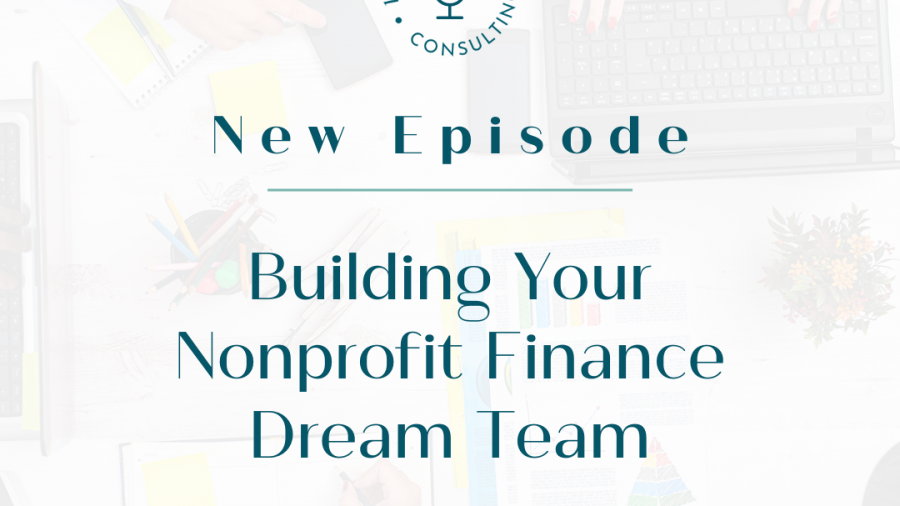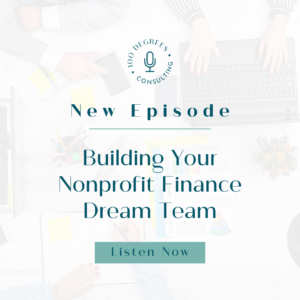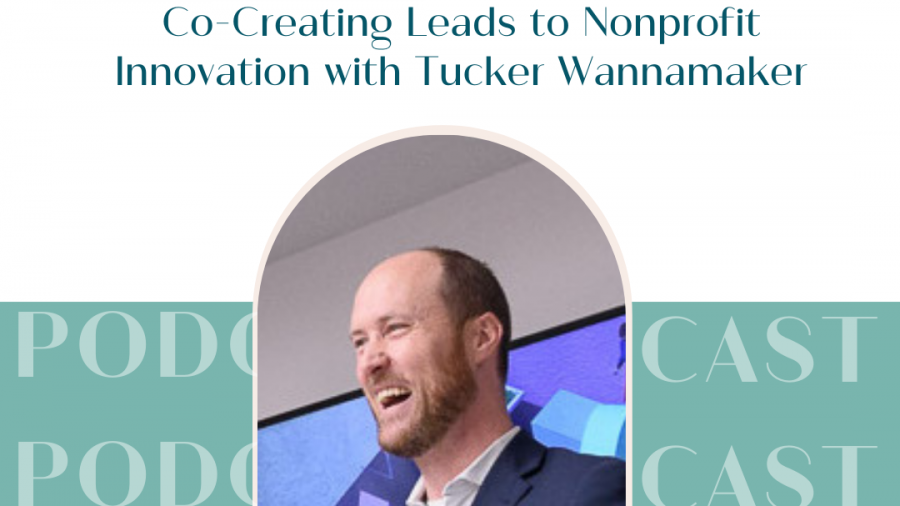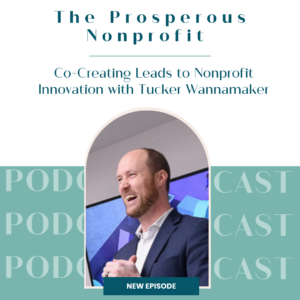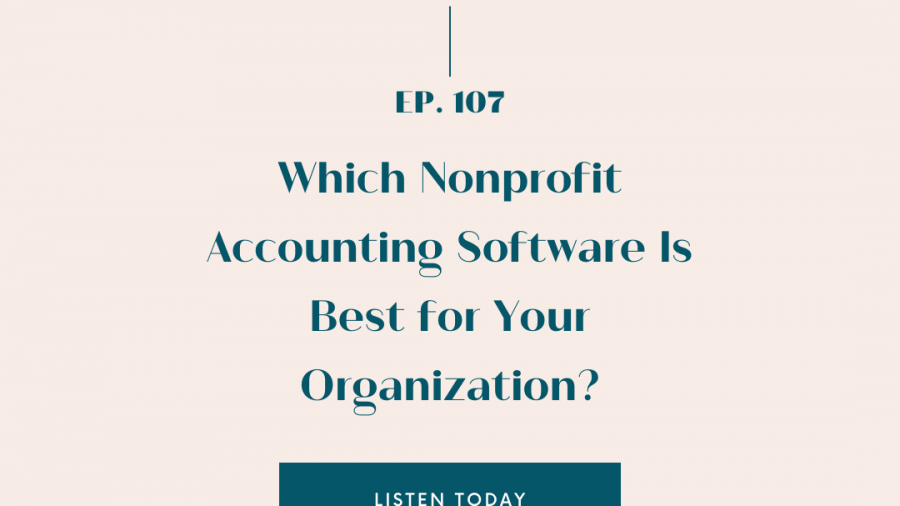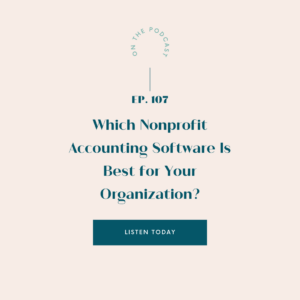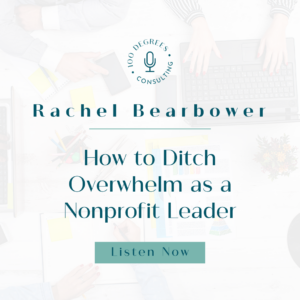
Are you a nonprofit leader feeling overwhelmed and burnt out? You’re not alone. Nonprofit organizations face many challenges, from time and financial management to creating sustained impact. But the good news is, there are practical strategies you can implement to overcome these challenges and make a lasting impact in your community. In this blog post, we’ll share insights from Rachel Bearbower on simplifying operations, managing time, building strong donor relationships, and creating sustained impact through Rachel’s “Sprouted Method”. So, grab a cup of coffee and read on to learn how you can build a stronger foundation for your nonprofit organization.
Simplification and Delegation
One of the most important strategies for nonprofit leaders is simplification. By getting clear on their mission, who they serve, what they do, and why they’re here, leaders can focus on what makes their organization unique and double down on that. This includes saying no to funding opportunities or projects that don’t align with the organization’s core mission. Furthermore, delegation and automation are crucial in saving time and increasing efficiency. Leaders should focus on what they do best and delegate the rest, even if they don’t have the budget to hire more staff. Delegation can also mean delegating to future selves or software programs that cost a small amount each month. This allows leaders to stay focused on their zone of genius and create lasting impact.
Time Management and Rest
Rachel Bearbower, founder of Small Shop Strategies, introduced several strategies for nonprofit leaders to manage their time effectively. She emphasized the importance of creating boundaries, recognizing personal energy levels, and scheduling tasks accordingly. This includes using the Eisenhower Matrix, which involves dividing tasks into four quadrants based on urgency and importance. Additionally, recognizing the importance of rest and balance is critical to avoid burnout and maintain productivity.
Building Strong Donor Relationships
Stephanie and Rachel also emphasized the importance of building strong relationships with donors. Nonprofit leaders can cultivate and nurture relationships with donors who share their values and are committed to their organization’s mission. This includes making donors feel like partners rather than just a source of funding and implementing donor management software to help keep track of donor interactions and ensure that donors are receiving personalized and timely communication.
Strategies for Creating Sustained Impact
In addition to the above strategies, Rachel’s “Sprouted Method” highlights the importance of pausing, planning, building a blueprint, bringing resources together, fueling the flame, and then harvesting and boosting impact. This method emphasizes the importance of creating daily habits that create impact over time and taking advantage of technology to save time and increase efficiency.
Implementing Technology and Automation
Rachel also emphasized the importance of implementing technology and automation to help save time and increase efficiency. Even small investments in technology can yield significant savings in time and money. This includes using software programs to automate tasks, implementing donor management software, and leveraging social media to reach a wider audience.
Nonprofit leaders can overcome the challenges they face by implementing practical strategies such as simplification, delegation, time management, financial management, building strong donor relationships, and implementing technology and automation. By prioritizing rest and balance, delegating tasks, simplifying the organization’s mission, and using technology to their advantage, nonprofit leaders can create sustained impact and build stronger foundations for their organizations. With these tools and strategies, nonprofit leaders can make a lasting impact and build a better world.
Read the podcast transcripts here.
Links mentioned in this episode:
- Connect with Stephanie on Instagram
- Connect with 100 Degrees Consulting on Instagram
- Connect with Rachel on Instagram
- Understand (and maximize) your organization’s numbers with this free download.
Want more of the podcast?
- New episodes are released weekly! Find them all plus show notes and exclusive bonus content at 100degreesconsulting.com/podcast
- Leave us a review! Click here, scroll to the bottom, tap to rate with five stars, and select “Write a Review.” Let me know what you loved most about this episode!
- Subscribe to the show so you don’t miss a thing

